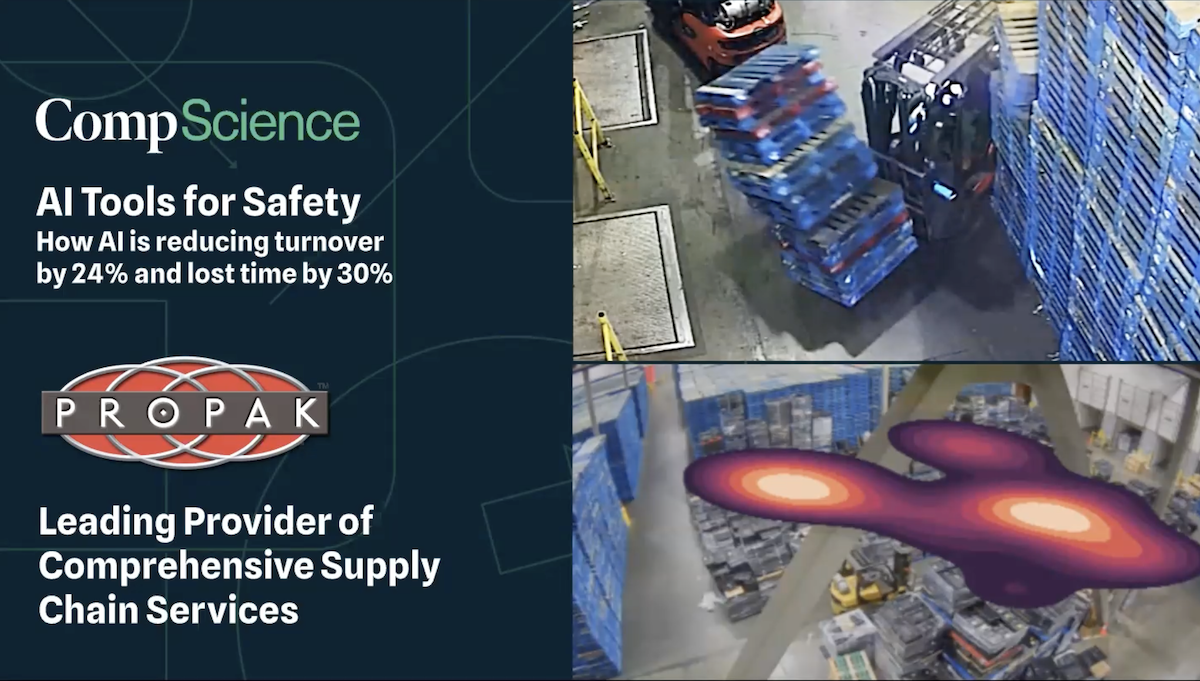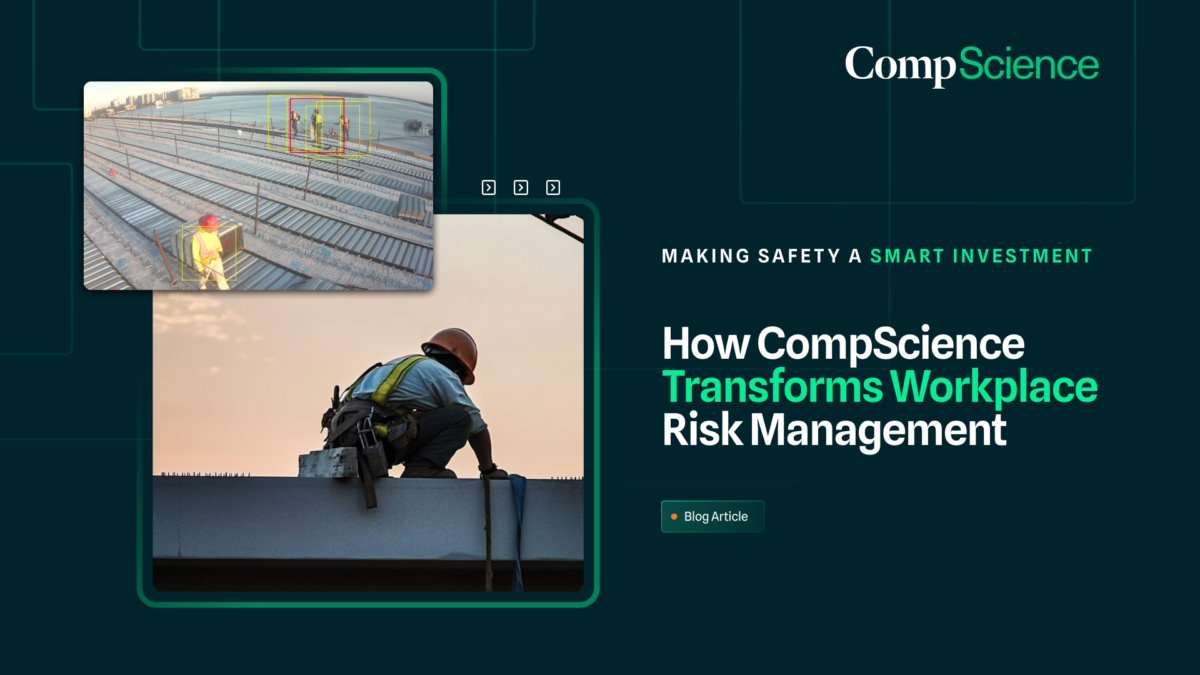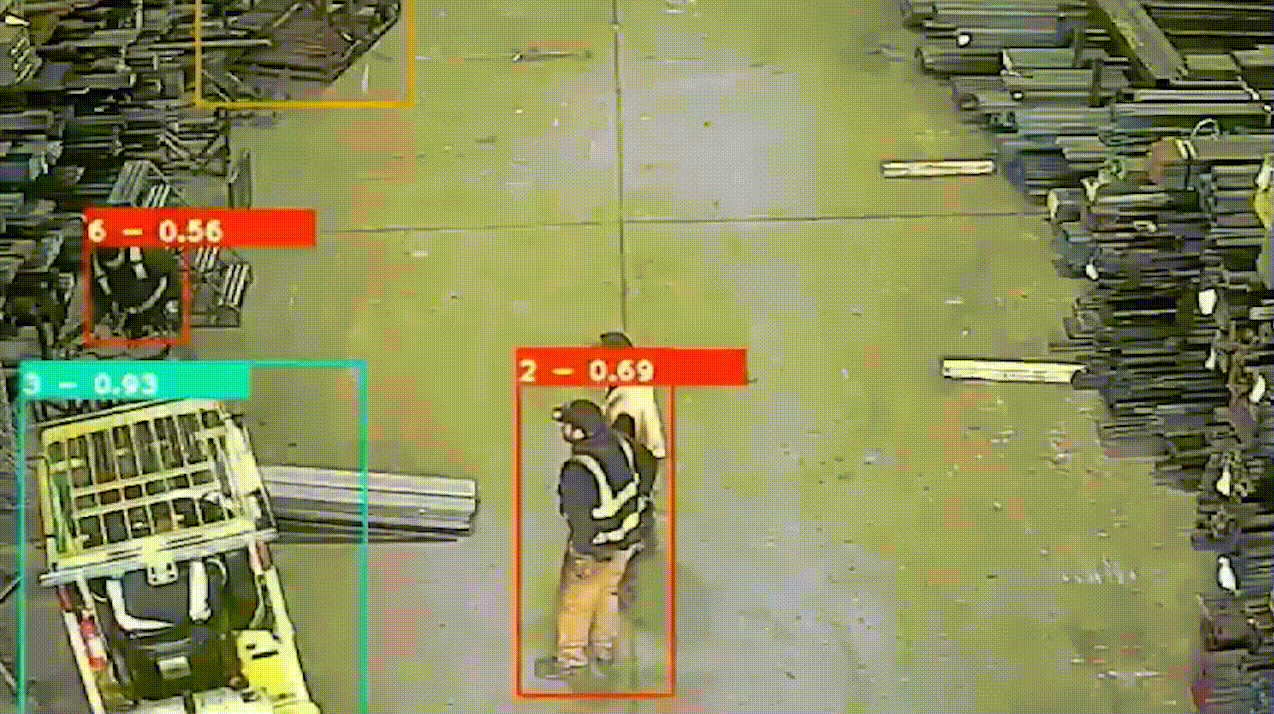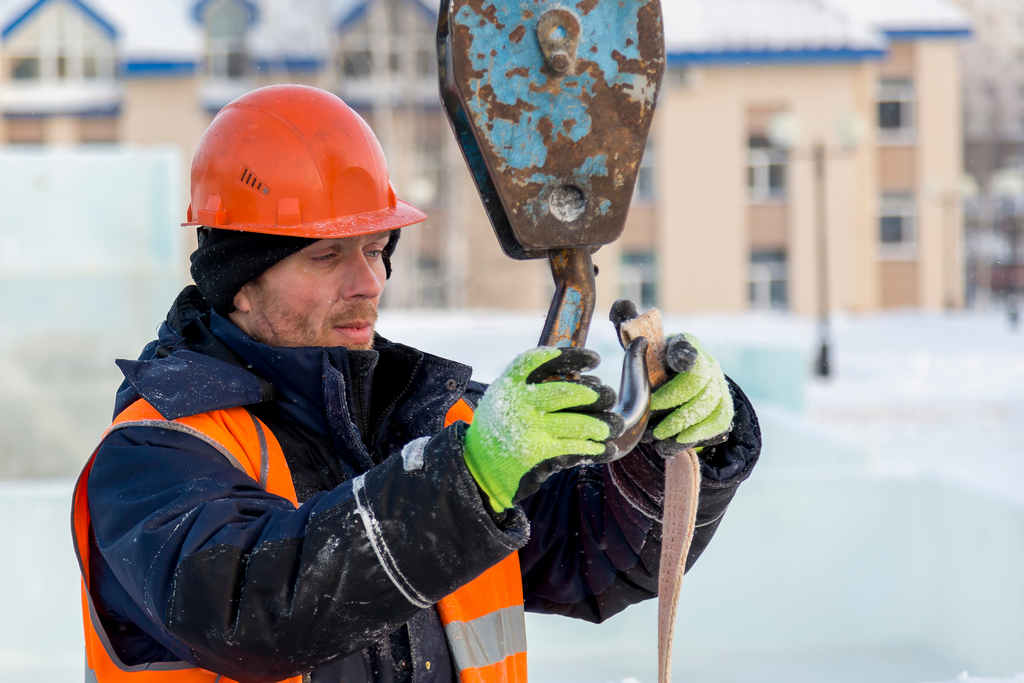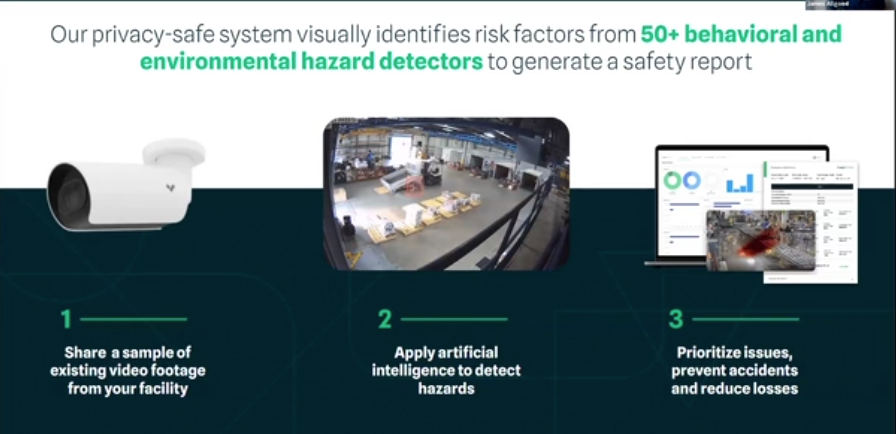AI, Computer Vision, Insight, Workers' Comp, Workplace Safety
Reducing TRIR with AI and Computer Vision
TRIR (Total Recordable Incident Rate) is a measure of how many work-related injuries and illnesses occur in a workplace, usually expressed as a rate per 100 employees per year. AI (Artificial Intelligence) and computer vision can help reduce TRIR by improving workplace safety through the use of advanced technologies. We have measurably reduced TRIR for clients at CompScience.
One way AI can reduce TRIR is by identifying potential hazards and safety risks in the workplace. For example, computer vision can be used to analyze video footage from cameras in the workplace to detect unsafe working conditions, such as employees not wearing proper safety gear, working in unsafe areas, or using equipment improperly. AI can then analyze this data and alert supervisors or safety officers to take action to mitigate the risk.
Another way AI and computer vision can reduce TRIR is by providing real-time monitoring of workers’ behavior and activities to identify unsafe practices. For example, wearable devices equipped with sensors and AI algorithms can monitor workers’ movements and provide feedback to workers when they are engaging in unsafe behavior, such as lifting heavy objects incorrectly or not using proper posture while working.
AI can also be used to predict and prevent accidents before they occur. For instance, by analyzing data on past incidents, AI can identify patterns and predict when and where future incidents are likely to occur. This allows supervisors and safety officers to take preventive measures, such as adjusting work schedules or changing work processes, to reduce the likelihood of accidents.
In summary, AI and computer vision can reduce TRIR by providing real-time monitoring, hazard detection, and predictive analysis, which help prevent accidents and create a safer work environment.

